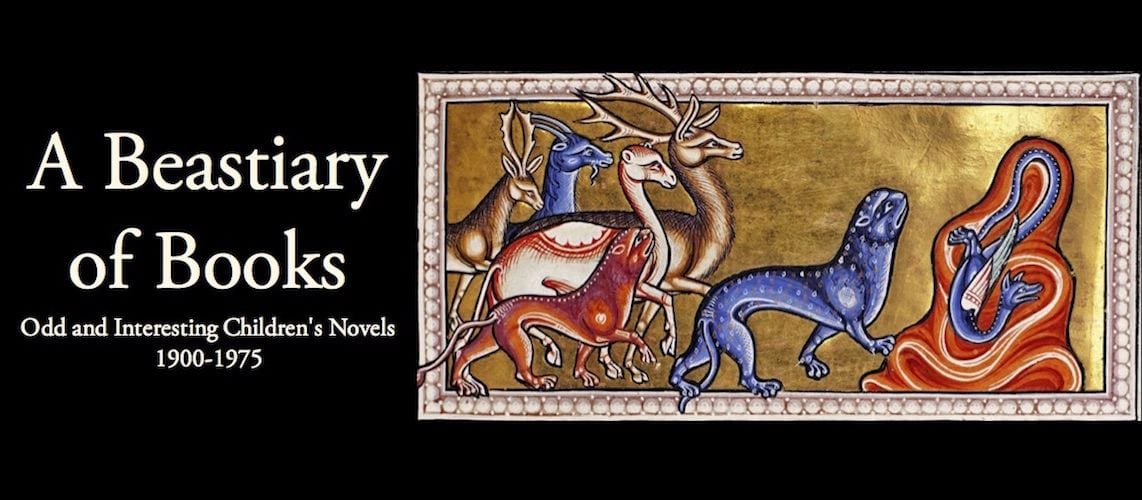 J.K. Rowling single-handedly rescued this book from obscurity by mentioning that it was a childhood favorite that influenced her writing.
J.K. Rowling single-handedly rescued this book from obscurity by mentioning that it was a childhood favorite that influenced her writing.
(It is somewhat hilarious that the only book Rowling really remembers as an influence is one of the few that appears to have had little direct influence. Tallying Rowling’s sources has become something of a parlour game. My own personal top picks, besides the obvious Lord of the Rings, are The Worst Witch, Mio My Son, and Charlie and the Chocolate Factory.)
Whether Little White Horse ought to be rescued is a question. Written by a religious eccentric with repellent opinions, this book still manages to be, to a large extent, witty, touching, and fun.
In an ostentatiously Victorian beginning, recently-orphaned Maria leaves her wealthy London existence to go live with her cousin Sir Benjamin Merryweather in the country. Her new home is Moonacre Manor, ancestral home of the Merryweathers, nestled in a valley nearly unreachable by the outside world. As Maria gets to know the valley and its inhabitants, she discovers that her governess Miss Heliotrope is the long-lost love of the elderly parson of the village; that Sir Benjamin’s long-lost love is living in the valley unbeknownst to him; and that her own not-so-imaginary playmate from childhood, named Robin, is a real live shepherd boy who used visit her while he was asleep. Then there are the villains living in the pine woods, nursing a centuries-old grudge against the Merryweathers, and a hill that was stolen from some monks by a Merryweather ancestor. Until these wrongs are set right, “sun Merryweathers” (those with brave souls) and “moon Merryweathers” (those with pure spirits) will always end up quarreling.
Maria is determined to be the first “moon maiden” not to quarrel and leave Moonacre Manor forever, so she talks Sir Benjamin into giving up to the poor the income from the sheep he grazes on the hill (“‘My income will be considerably depleted,’ said Sir Benjamin in rather dry tones. ‘You could eat less,’ suggested Maria helpfully.”). Then she undertakes great danger to broker a deal with the villains, creating the only really suspenseful adventure in the book. Finally, she organizes a tea-party at which she engineers the reunion of the two long-parted couples. And of course, she and Robin end up marrying as well.
If one can gloss over the more distasteful sentiments, and if the non-Christian reader can be okay with the overtly religious messaging, there is much to enjoy in this book. The character of Maria, in spite of the author’s stated expectations for girls, is inquisitive, action-oriented, and decisive. One cannot help liking her.
